The Theology of Destruction from the ROC MP: Exploring the Ideological Roots of Russian Aggression
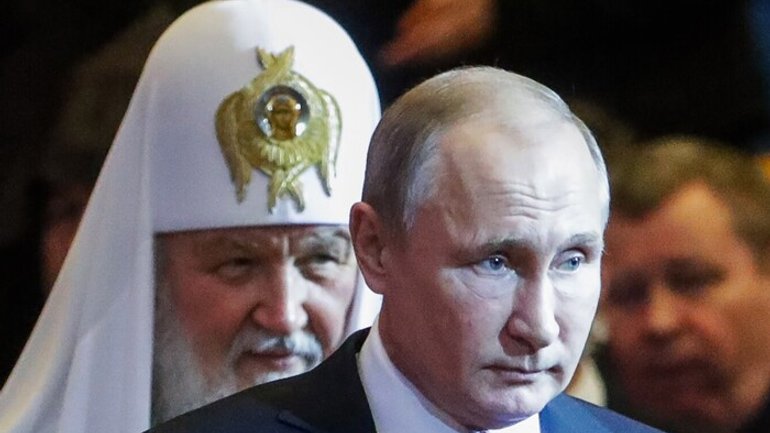
Lidiya MARAKHOVSKA
Much has already been done in this direction, but the nature and brutality of the Russian invasion, which is rightly called the largest war in Europe since 1945, will continue to prompt experts to ponder this issue for a long time to come. From the first days of the war, the Ukrainian Catholic University became a platform for discussing the ideological basis of Russian aggression. One such event took place as part of the conference „Church Diplomacy and the Religious Dimension of the Russian-Ukrainian War“ (June 29-30, 2023), organized by UCU together with the University of Notre Dame (USA), which is part of the broader research project „Religion, Religious Diplomacy, and Russia's Invasion of Ukraine.“
The panel „Religious Aspects of the Ideology and Politics of Modern Russia“ brought together scholars from Israel, Poland, Ukraine, and the United States, and was moderated by the newly elected rector of the Ukrainian Catholic University, Taras Dobko.
The discussion was opened by independent researcher Olena Volkova, who focused on the theological justification of Russia's invasion of Ukraine. In her opinion, the current leadership of the Russian Orthodox Church continues the tradition of relations between the Church and the state that was formed during the Soviet period. At one time, Fr. Gleb Yakunin aptly suggested describing it with the term „metropolitbureau“ (metropolitan bureau). One of the peculiarities of this tradition is constant adaptability. Another important element is a return to the rhetoric of the Cold War. The theology of peace developed at that time by representatives of the Russian Orthodox Church was in fact a theology of war, since the USSR was by no means a peaceful state. Therefore, preaching war under the guise of peacemaking or creating a specific „theological“ argumentation that the Kremlin needs is not a feature merely of the current leadership of the Moscow Patriarchate. According to the speaker, the ROC does not have any theological tradition of its own, and therefore it is very difficult to analyze it, because we will not find any solid statement or holistic concept.
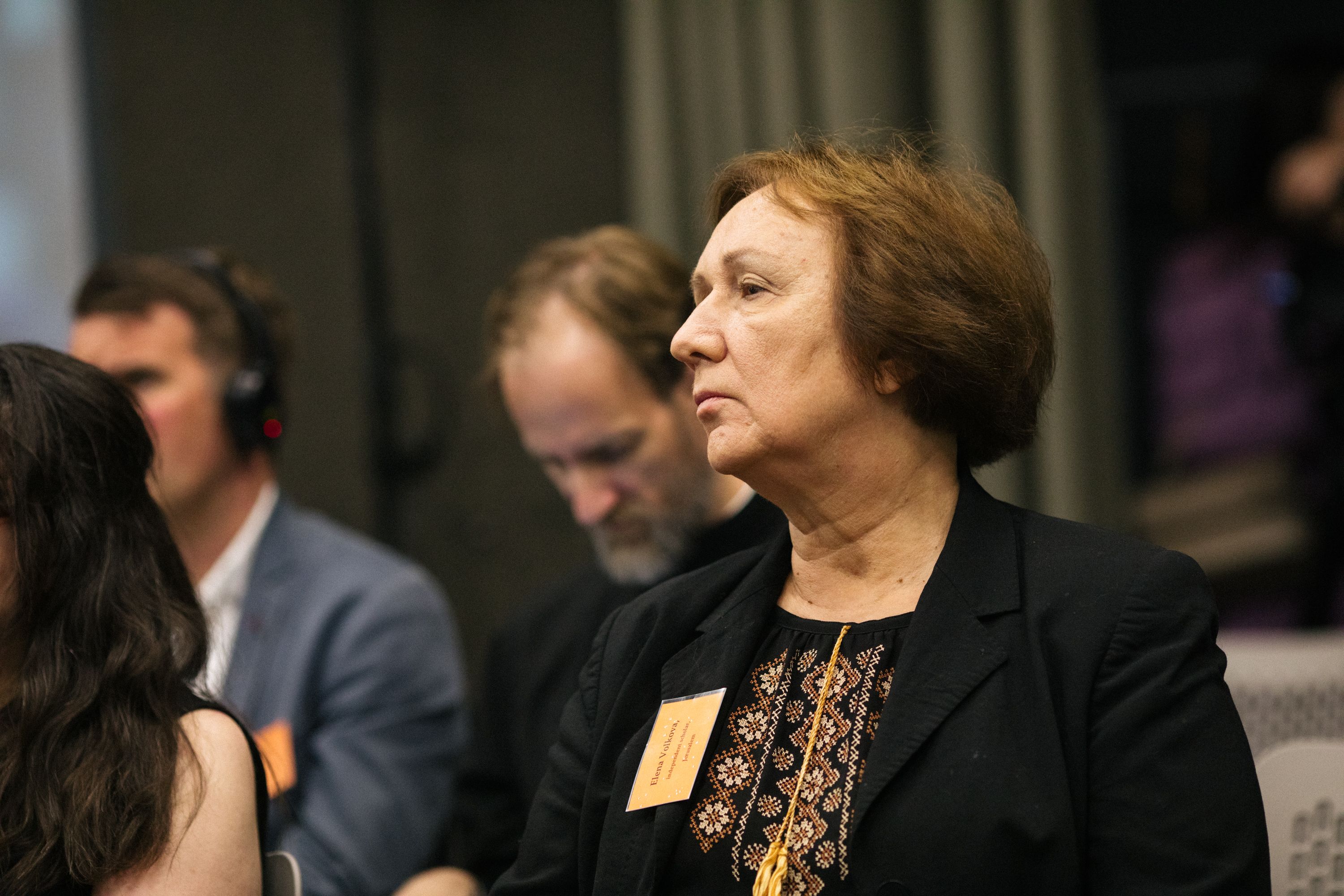
„Often it is presented in the form of sketches, fragmentary texts, or slogans that fit the Kremlin's new political course. The most representative example of the theological flexibility of the Russian Orthodox Church is the way the Church behaved after the abdication of Tsar Nicholas II. They immediately turned to the Provisional Government, and later to the communist atheistic and anti-Christian regime. They proclaimed Soviet joys to be their joys. And we know what those joys were: the extermination of people. And another striking example of flexibility is when Stalin founded essentially a new Church in 1943, which was tasked with developing a theology of patriotism. But after the end of World War II, when nuclear weapons appeared, it was necessary to talk about peaceful coexistence. This became part of the Soviet propaganda of war, which was hiding behind the mask of peacekeeping. And the Russian Orthodox Church was given the task of developing a theology of peace.” – stated Olena Volkova.
Moreover, the modern Russian Orthodox Church actively uses the myth of Moscow as the Third Rome to promote the need for the imaginary unity of the three Slavic peoples, allegedly historically linked by the Christian Orthodox faith and Slavic culture. “In the Russky mir version, the Slavic is replaced by the Russian, the Eastern Orthodox faith – by the Russian Orthodox Church of the Moscow patriarchate, and here it is – the core idea for a new old mythology.”
The speaker also raised the issue of the joint responsibility of the Russian Orthodox Church and Patriarch Kirill personally for the war, recalling the fate of Julius Streicher, editor-in-chief of the Nazi weekly “Der Stürmer”. Although he did not personally kill anyone, he was sentenced to death by the Nuremberg Tribunal for being an ardent Nazi propagandist.
Like Hitler's glorifiers, Kirill Gundyaev sees Putin as God's chosen one, who is called upon to correct the crooked paths of Russian history. An integral part of his militant theology is the theme of self-sacrifice, which borders on self-deification. In the patriarch's imagination, Russian Orthodoxy, as the foundation of the "russkiy mir," is being persecuted along with everything Russian, both in Ukraine and in the West. For this reason, the ROC appears in the image of a martyr, like Christ himself.
In conclusion, the researcher noted that during the war against Ukraine, the patriotic rhetoric of the patriarch became even more radicalized. He constantly repeats that a long-running international conspiracy is now trying to destroy “Holy Rus” – the only defender of God's truth in the world. However, according to Volkova: “This self-victimization turns upside down the whole situation. When Russian propaganda speaks of the ultranationalism of Ukrainian neo-Nazis, when Russian Orthodox priests speak of Ukrainians as cannibals who eat Russian babies, it sounds like a Freudian projection – a defense mechanism by which the ego protects itself from unacceptable and extremely negative parts of itself by denying their existence in itself and attributing them to others.”
Summing up, she again recalled the words of Fr. Gleb Yakunin, who spoke of the ROC as an "ontological emptiness" that can be filled with anything: “And this is what Putin has done. He has filled the ROC with his ideological hybrid of the "russkiy mir"”
Michał Wawrzonek from the Ignatianum Academy in Krakow focused on the ideological basis of "ruscism." According to the speaker "ruscism" is based on the concept of the "russkiy mir," which was initially presented as a project to promote the development of Russian language and culture, as well as to support the image of Russia as the center of the "civilization of the Orthodox community."
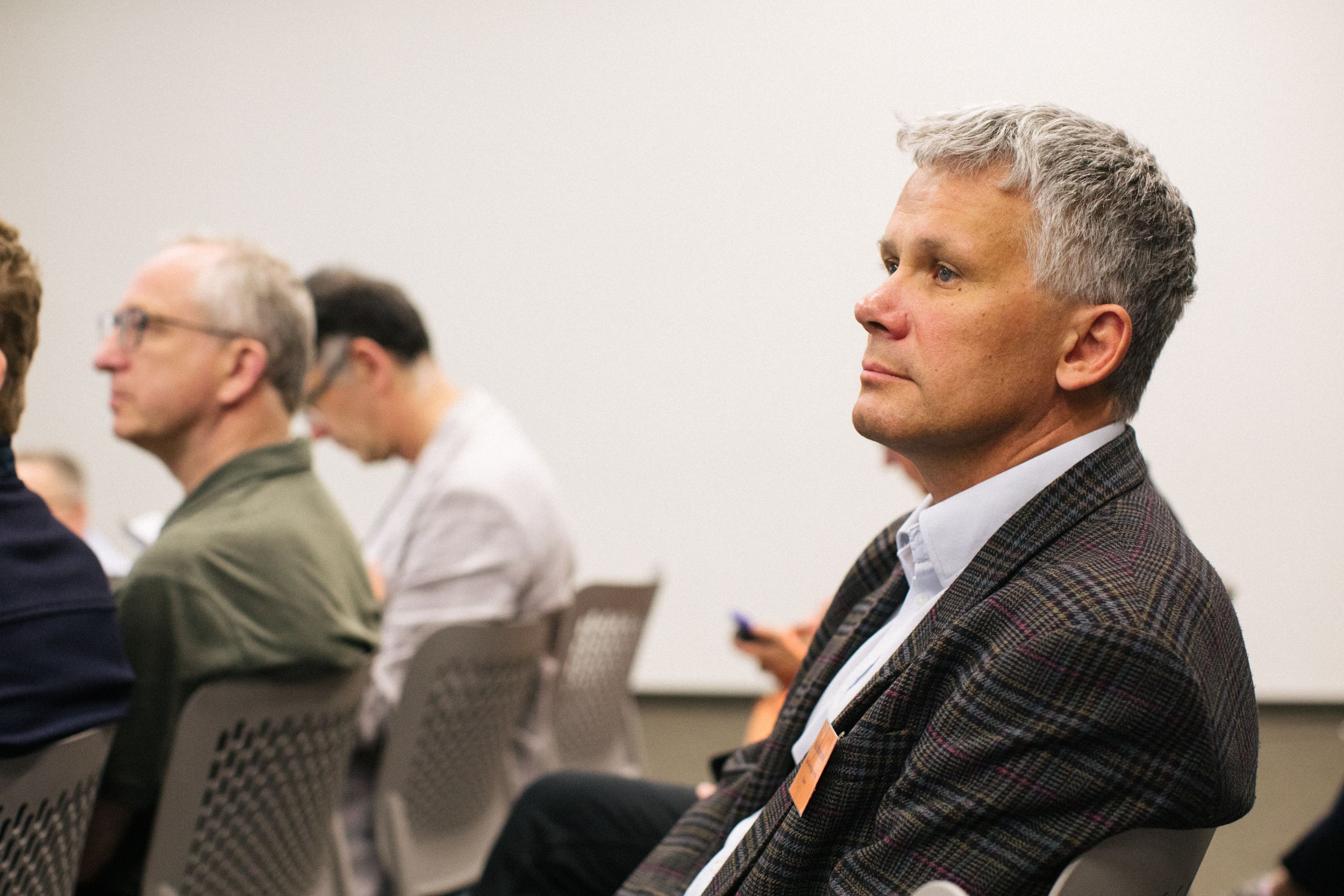
By promoting this image outside of its borders, the Kremlin wanted to gain approval for its geopolitical aspirations. This became even more evident after 2014, when the Putin regime adopted the idea of "protecting compatriots," i.e., supporters of the "russkiy mir," in neighboring countries and around the world.
Quoting Putin, the speaker pointed out that he also includes non-ethnic Russians who identify with the “russkiy mir.” Such a broad interpretation was intended to prevent the expansion of the influence of the “hostile West,” which allegedly wants to destroy “Russian culture, nation, and language.” In the imagination of Russian propagandists, it was the United States and its NATO allies that provoked the war in Ukraine and targeted other “canonical territories” of the Russian Orthodox Church. The image of the West as a civilization with a materialistic and selfish worldview created in this way is contrasted with the unique spiritual path of “Holy Rus.” The core of this vocation is the messianic belief that Russia is destined to defend Christianity and Christian values in the modern world.
Therefore, according to Michał Wawrzonek, the “russkiy mir” is a new type of authoritarian discourse adapted to the social patterns of behavior of the last Soviet generation, which is the basis of the new Russian ideology of “rashism.”
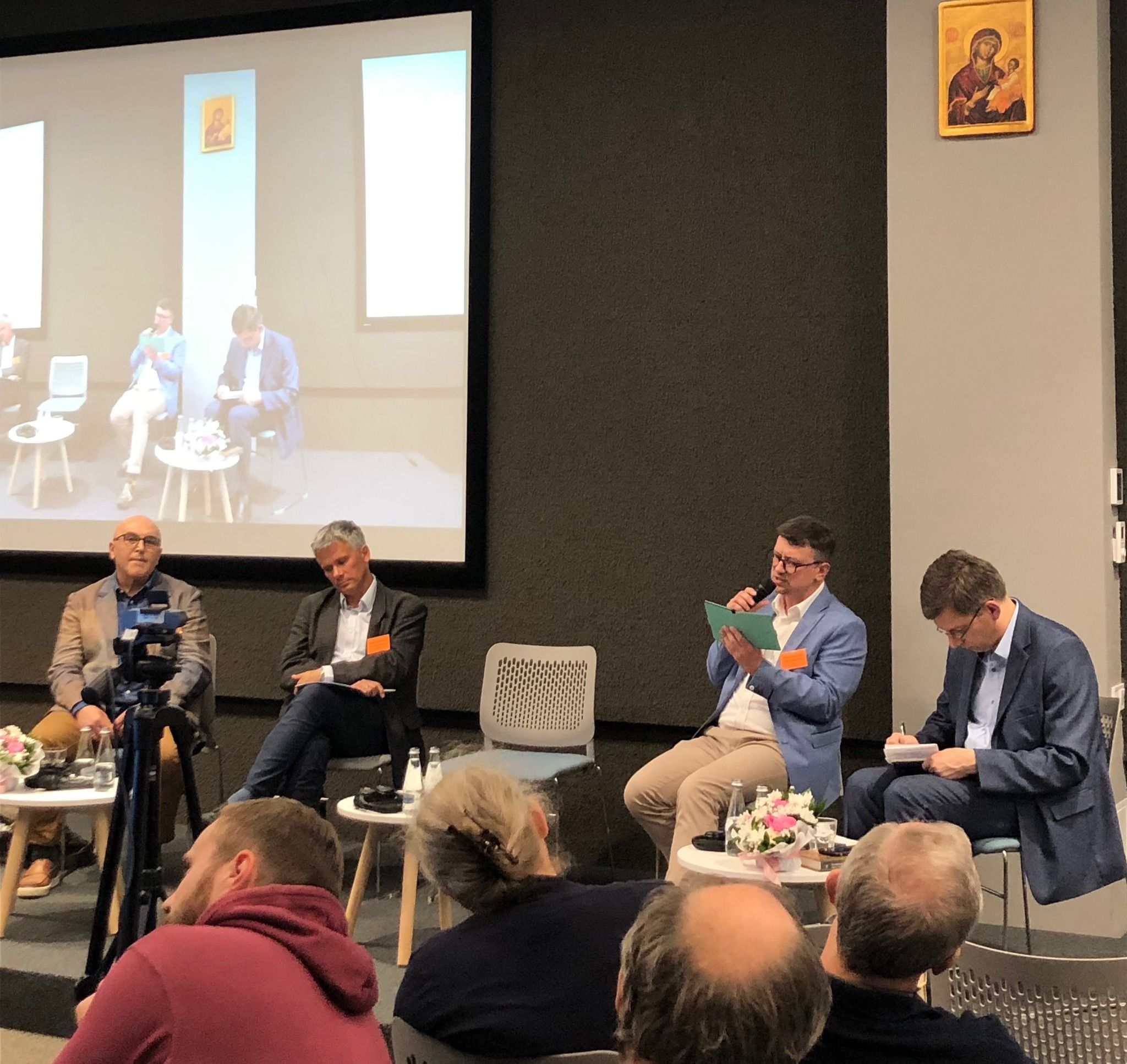
Reflections on the concepts of the “russkiy mir” and “Holy Rus” were continued by Anatolii Babynskyi, from the Institute of Church History of UCU. He began his report with a question: “What are the ideological roots behind the actions of the Russian authorities that resonate with a large part of Russian society? In short, is there something like Putin's Mein Kampf?” Then he noted that although Russian ideology seems to be woven with contradictions, this does not mean that it does not exist, since Nazism was fully comprehended only after the Holocaust.
In his opinion, in Ukrainian public discourse the concept of the “russkiy mir” is interpreted as the ideological basis of Russian aggression. This concept, however, is quite young, has poor intellectual content, and has not yet taken a prominent place in the collective consciousness of Russian society. The Russian ideological nesting doll, the speaker emphasized, consists of another deep layer, namely the idea of “Holy Rus,” which was constructed long ago and systematically, both before and after the collapse of the USSR. This idea is important when considering the role of religion and the Church in the creation of Russian ideology, which caused and justifies military aggression. In the imagination of Patriarch Kirill, the idea of “Holy Rus” contains the recipe for Russia's unique path, the basis of its uniqueness. It also has a geographical dimension, since the center of “Holy Rus” is not Moscow but Kyiv. Although this idea dates back to the sixteenth century, its modern form crystallized in the nineteenth century. It was then, according to the speaker, that it acquired clear geographical outlines and geopolitical significance, as this process took place in the context of the development of the Russian imperial narrative. During the Soviet period the idea of “Holy Rus” was supplemented by the label of “victory in Great Patriotic War.” Thus, at the time of the collapse of the USSR, this idea contained all the necessary potential for Moscow's new imperial project and of this Kirill Gundyaev took advantage. He addressed this topic long before he became patriarch, in particular in 2002, when he visited Crimea and spoke about the need for closer integration between Russia and Ukraine. Today, it sounds like a battle cry “calling on Russians to rise up in a holy war” in Ukraine against the so-called “global West.”
Summarizing his thoughts, the scholar emphasized that “the idea of 'Holy Rus' is shrouded in an aura of sacredness and appeals to those historical periods that Russian Orthodoxy portrays as the 'golden age' of Russian history. And most importantly, in the collective imagination, it is strongly associated with episodes of struggle and victory over external enemies during the the Grand Duchy of Muscovy, the Russian Empire, and the USSR.” Therefore, it is not surprising that it has become one of the cornerstones of the new war.
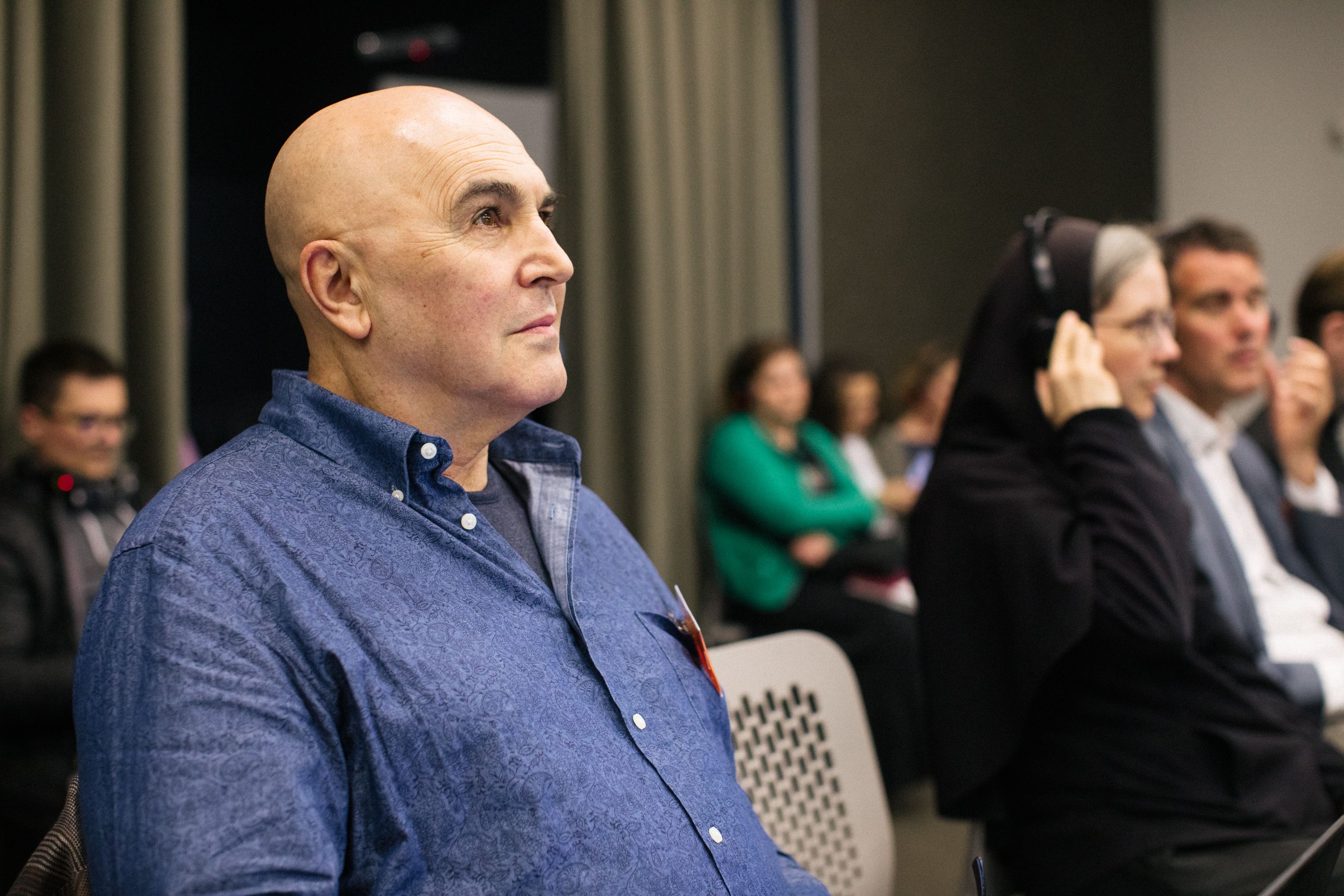
Vyacheslav Karpov of Western Michigan University (USA) also spoke about the manipulation of Christian values to justify war. In his report, “The Theotokos as Commander-in-Chief: The Discourse of War in Russian Orthodoxy,” he analyzed the symbiosis of Orthodoxy with imperial ideas, which was caused in particular by the penetration of paganism into theology and liturgical practices. As an example he took the gift of the August Icon of the Mother of God to General Viktor Zolotov by Patriarch Kirill on March 13, 2022, in the Cathedral of Christ the Savior in Moscow. Analyzing the history and roots of this iconographic type and its use in the Russian imperial army, the speaker drew attention to the fact that it is based on a pagan theme, since in the Greek (Christian) environment at a certain point in history the image of Mary, the mother of Jesus, underwent the process of "Athenization," taking on some features of Athena, the pagan goddess of war. According to Karpov this image was not deeply rooted in the Byzantine tradition; however, it has found fertile ground in Russian religious practice, in which the Virgin Mary in this icon is interpreted as the commander-in-chief, as an active participant in the war, indicating the direction of the offensive. In this instance, and contrary to the traditional canons of iconography, in this image she points away from Christ. Thus, the Russian Orthodox Church has essentially turned everything upside down, since in classical Byzantine iconography “Mary is a defender, not a commander.” Instead, in the modern ROC, theology has been influenced by paganism and is used to inspire and justify imperial aggression.
At the end of the discussion, which followed the keynote speeches, the co-organizer of the conference, Fr. Yury Avvakumov, drew attention to the depth of the problem faced by the Christian community in the context of Russian aggression against Ukraine. “I personally try to explain to Western audiences, including my students and colleagues at Notre Dame, at every opportunity what we are really dealing with in the case of the Russian Orthodox Church in the context of this war. It is important to show the theological emptiness behind the activities of the Russian Orthodox Church.”
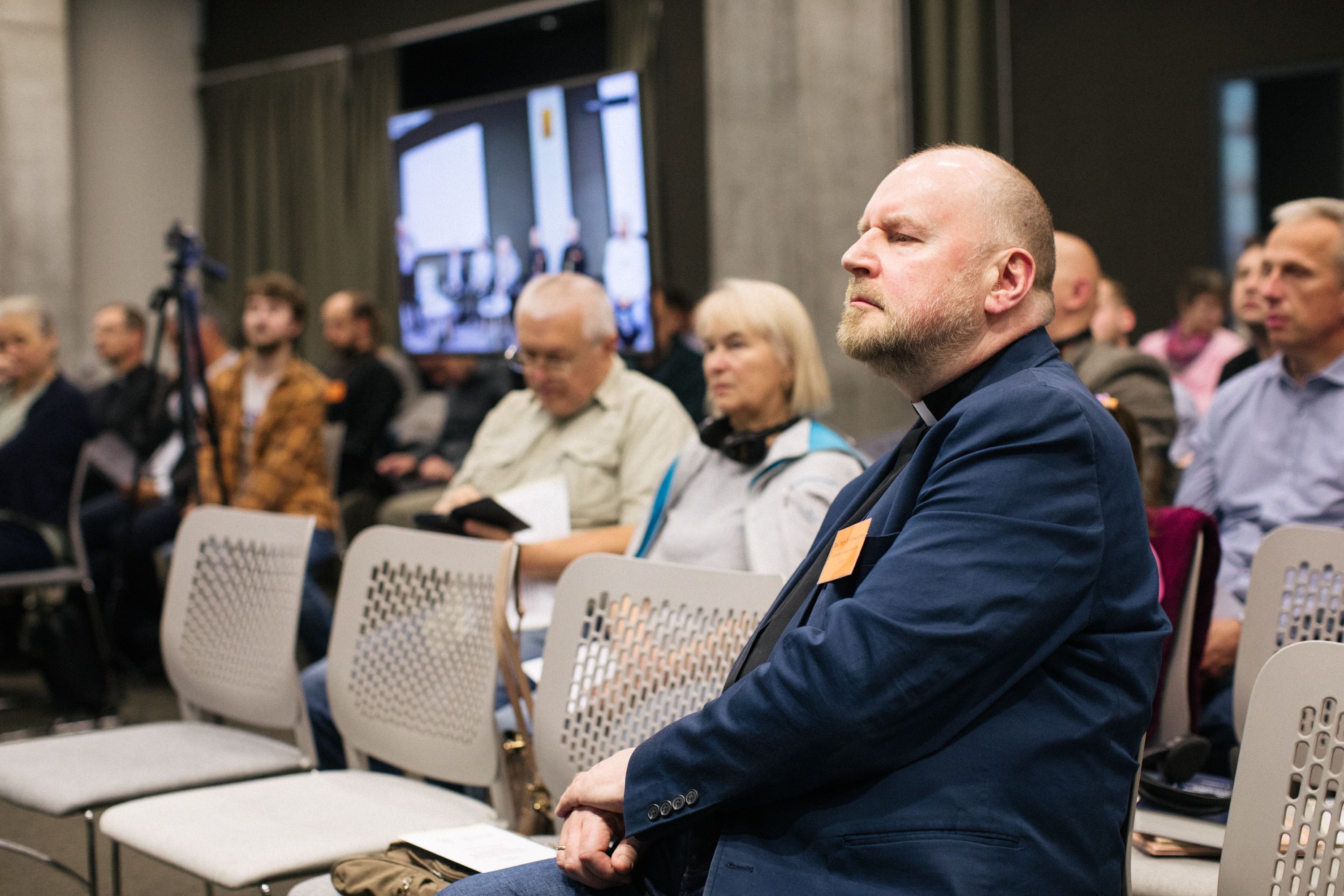
But this also, in the commentator's opinion, reveals deeper issues in contemporary Christianity as a whole. „ The fact that many Christians in the West get so easily fascinated by Russian Orthodoxy says something important about the Western public itself. And it shows the skill with which the Russian Orthodox Church has worked with its counterparts in the West. Its strategy is thought out very well. It was so in the time of the Cold War, and it is still so in the present. Speaking of Vatican officials, their attitude to the Russian-Ukrainian war displays some affinity with the leadership of the Russian Orthodox Church. The Vatican prefers to talk to those in power. It thinks in terms of power politics and power blocs. In our analysis, we are facing some deep problems within the modern Christian world.”









